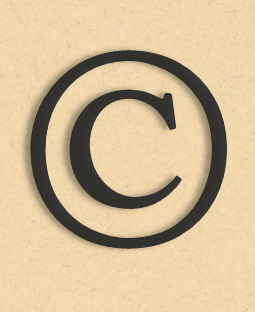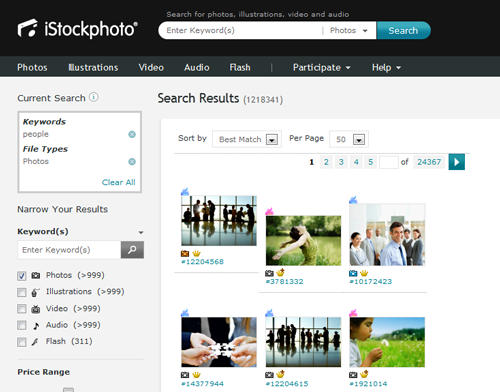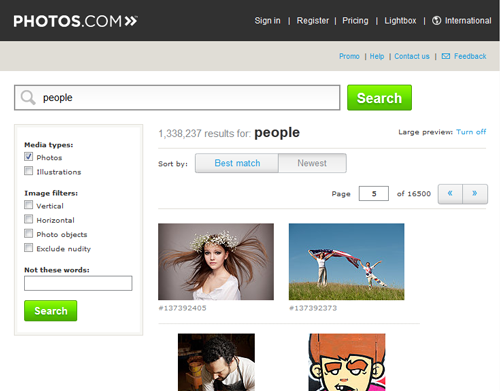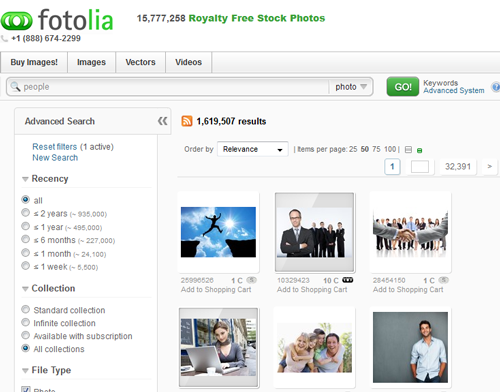Blog Basics
Copyright and Fair Use
Using copyrighted material
 The copyright symbol
The copyright symbolAs you learned earlier, you generally need to license copyrighted material in order to use it, which often costs money. The exception to this is a rule called Fair Use. Fair Use means you can use copyrighted material without a license only for certain purposes. These include:
- Commentary
- Criticism
- Reporting
- Teaching
For example, you can't just grab a copyrighted photo and use it on your blog because you think it's pretty. However, it probably would be considered Fair Use if you included that photo in a blog post that commented on and analyzed a photographer's work.
Guidelines for Fair Use:
- A majority of the content you post must be your own.
To return to the example above, it's probably Fair Use to include a few relevant photos in a long post. However, using those same photos in a post with only a few lines of commentary might not be Fair Use. For another example, let's imagine you found a useful tutorial you wanted to feature on your blog. Including one tip from the tutorial would be Fair Use. Including the entire tutorial would not be Fair Use, even if you linked to the original source. - Give credit to the copyright holder.
In order for something to be Fair Use, you must give full credit to the person who created it. This includes the creator's name, as well as other information that will help people find the original work or source. For example, if you're posting and commenting on an image that was published on a newspaper's website, you should include a link to the original story. - Don't make money off of the copyrighted work.
In general, it's much easier to claim Fair Use when you're using the copyrighted material for noncommercial purposes. While posting images of your favorite TV shows and adding funny captions and commentary might be considered Fair Use, selling those images on T-shirts would not. Making money from ads on your blog can also limit your ability to claim Fair Use.
Misusing copyrighted material
Keep in mind that even if you post content in good faith, the copyright holder may not agree that it's Fair Use. If someone requests that you remove their work from your blog, you should do so immediately. Otherwise, you can suffer serious consequences:
- The copyright holder may complain to your blog service and have your blog shut down.
- The copyright holder may sue you.
Licensing copyrighted content
If you want to use copyrighted content in a way that doesn't fall under Fair Use, you'll have to license it in order to get permission to post it. If you're interested in purchasing the rights to use images, video, and other media on your blog, you may want to visit a few of the following Stock Photo sites:
- iStockphoto
 IStockphoto.com
IStockphoto.com - Photos.com
 Photos.com
Photos.com - Fotolia
 Fotolia.com
Fotolia.com
Sharing copyrighted videos
Video-sharing sites like YouTube and Vimeo offer the option to post videos to your blog by embedding them. When you embed a video, it automatically creates a link back to the place where it was originally posted. Because the original creator or poster is automatically credited, you don't have to worry about going through any extra steps to give credit.
Be aware that many videos on these sites—particularly videos of TV shows and movies—are in violation of copyright law and may be removed from YouTube at any time. If a video you've embedded is removed from YouTube, it will also be removed from your blog. You should never embed a video that you know is breaking copyright laws.
 An embedded video from YouTube
An embedded video from YouTube





